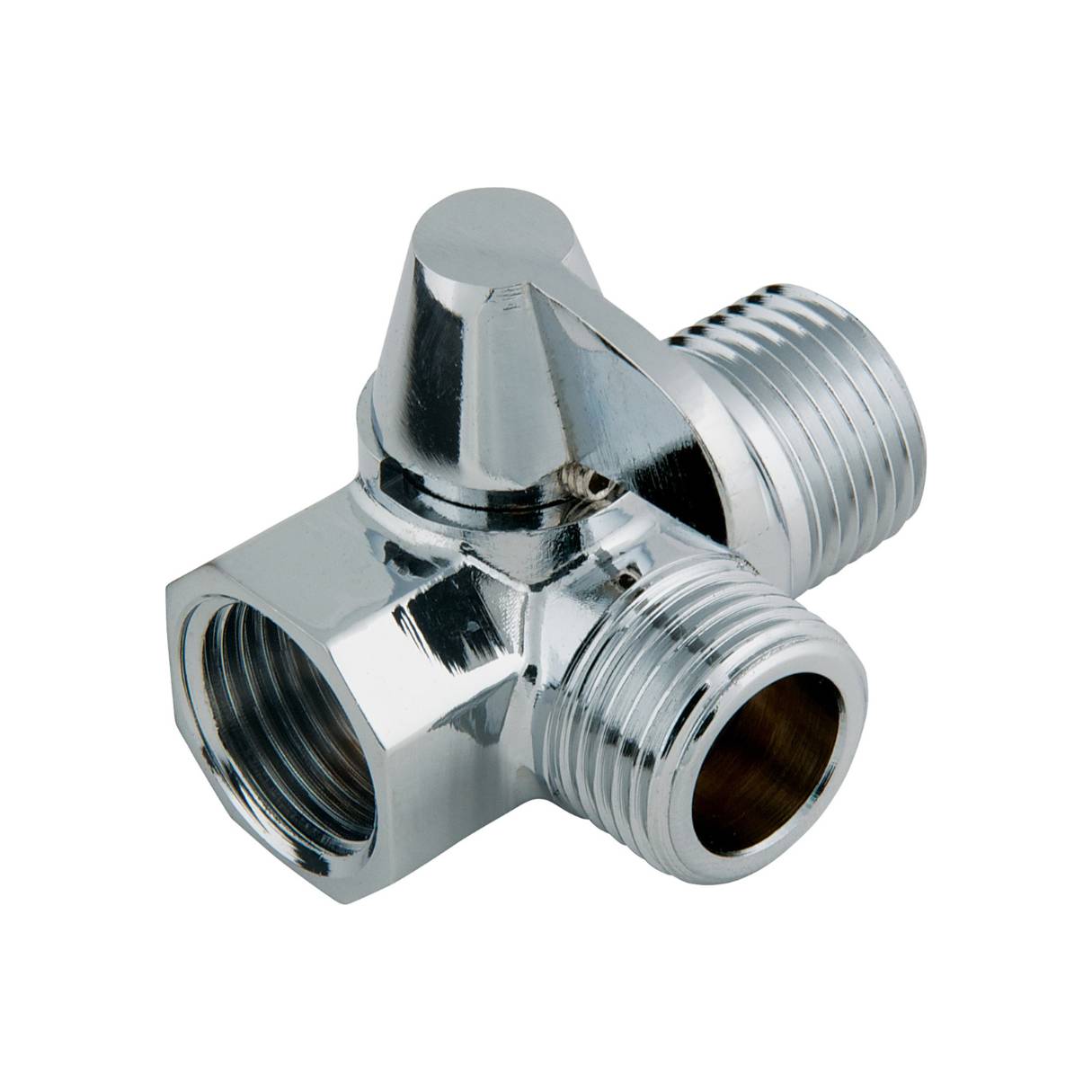

Articles
What Is A Diverter In Plumbing
Modified: January 9, 2024
Learn about the role of a diverter in plumbing with our informative articles. Discover how this crucial component directs water flow efficiently and prevents leaks.
(Many of the links in this article redirect to a specific reviewed product. Your purchase of these products through affiliate links helps to generate commission for Storables.com, at no extra cost. Learn more)
Introduction
When it comes to plumbing systems, there are numerous components that work together to ensure the smooth and efficient flow of water. One such component is the diverter. If you’re unfamiliar with plumbing terminology, you might be wondering, “What is a diverter in plumbing?” Well, fear not! In this article, we’ll explore the definition, types, functions, and common uses of diverters in plumbing systems.
A diverter in plumbing refers to a specialized valve or mechanism that is used to control the direction or flow of water. It is designed to divert the water stream to different outlets or channels depending on the user’s requirements. Diverters can be found in a variety of plumbing fixtures, such as showers, sinks, and tubs, and they play a crucial role in ensuring proper water distribution and convenience.
Now that we understand the definition of a diverter in plumbing, let’s delve deeper into the types of diverters commonly used in various plumbing systems.
Key Takeaways:
- Diversions in plumbing, such as T-Valve, Three-way, and Two-way diverters, offer flexibility and convenience by allowing users to switch water flow between different outlets, enhancing the functionality of fixtures.
- Proper installation and regular maintenance are crucial for the optimal performance of diverters, ensuring reliable operation and longevity in plumbing systems. Regular cleaning, inspection, and professional assistance when needed contribute to the smooth and efficient functioning of diverters.
Read more: What Is A Bathtub Diverter
Definition of a diverter
A diverter, in the context of plumbing, refers to a valve or mechanism that controls the flow or direction of water. Its primary purpose is to divert the water stream to different outlets or channels as needed. The diverter is typically integrated into plumbing fixtures to provide convenience and flexibility in water usage.
Diversions can be found in several types of plumbing fixtures, including showers, sinks, and tubs. They are designed to allow users to switch between different water outlets, such as a showerhead and handheld shower wand, or redirect water flow from a faucet to another source, like a sprayer or a filtration system.
At its core, a diverter acts as a switch for water flow, connecting or disconnecting specific water channels to distribute water as desired. By manipulating the diverter valve or mechanism, users can easily direct water to the desired outlet without the need for additional plumbing installations.
Diversions are available in different designs and configurations, depending on the specific application and plumbing system requirements. Some diverters are basic mechanical valves that redirect water manually, while others may be more advanced electronic or motorized systems that allow for automated control.
The design of a diverter can vary, but most commonly, it consists of a handle, lever, knob, or button that can be manipulated to switch the flow or direction of water. When the handle or lever is turned or pushed, the diverter mechanism inside the plumbing fixture is activated, redirecting the water accordingly.
Overall, diversions are essential components in plumbing systems, as they provide convenience and versatility in water usage. Whether it’s switching between different showerhead settings or redirecting water to various outlets, the diverter plays a vital role in ensuring efficient water flow and user satisfaction.
Now that you understand the definition of a diverter, let’s explore the various types of diverters commonly found in plumbing systems.
Types of diverters
In plumbing systems, there are several types of diverters, each designed for specific applications and functions. Let’s take a closer look at three common types of diverters: T-Valve diverter, Three-way diverter valve, and Two-way diverter valve.
T-Valve diverter
The T-Valve diverter is a popular choice for showers and handheld showerheads. As the name suggests, it has a T-shaped design, with one inlet and two outlets. The T-Valve diverter allows users to easily switch the water flow between the showerhead and handheld shower wand.
When the handle of the T-Valve diverter is turned, the internal mechanism shifts the water flow, redirecting it from the showerhead to the handheld shower wand or vice versa. This type of diverter is convenient for those who prefer the flexibility of choosing between different showering options.
Three-way diverter valve
The Three-way diverter valve is commonly used in plumbing systems where switching between multiple outlets is required. It features three ports: one inlet and two outlets. With this type of diverter, water flow can be directed to one outlet at a time or simultaneously to both outlets.
The Three-way diverter valve is often found in tub and shower combinations. It allows users to easily switch between the tub faucet, showerhead, or even divert water to both outlets simultaneously for a relaxing waterfall effect. This type of diverter offers versatility and convenience in water usage.
Read more: What Is Plumbing?
Two-way diverter valve
The Two-way diverter valve is a simple yet effective option for diverting water flow between two outlets. It consists of two ports: one inlet and one outlet. This type of diverter is commonly used in kitchen sinks, bathroom sinks, and bidets.
When the handle or lever of the Two-way diverter valve is activated, the water flow is redirected from the main faucet to the secondary outlet, such as a sprayer or a filtration system. This allows users to easily switch between different water sources without the need for additional plumbing installations.
These are just a few examples of the types of diverters commonly used in plumbing systems. Each type serves a specific purpose and provides flexibility and convenience in water distribution. Choosing the right diverter for your plumbing needs will depend on the specific application and desired functionality.
Now that you’re familiar with the different types of diverters, let’s explore the functions of these diverters in more detail.
Function of a diverter
A diverter in plumbing serves two primary functions: diverting water flow and controlling water direction. These functions ensure efficient water distribution and enable users to direct water to specific outlets or channels as needed. Let’s explore these functions in more detail.
Diverting water flow
One of the main functions of a diverter is to divert the water flow to different outlets or channels. When a diverter is activated, it redirects the water from its current path to an alternate path. This allows users to switch between different water sources or direct water to specific fixtures or accessories.
For example, in the case of a shower diverter, it diverts water from the showerhead to a handheld shower wand or vice versa. This allows users to choose between different showering options and customize their experience.
In the case of a sink diverter, it can divert water from the main faucet to a secondary outlet, such as a sprayer or a filtration system. This enables users to perform various tasks, such as rinsing dishes or filtering water, with ease.
By diverting water flow, the diverter enhances the versatility and convenience of plumbing fixtures, allowing users to adapt water usage to their specific needs or preferences.
Controlling water direction
Another important function of a diverter is to control the direction of water flow. By manipulating the diverter valve or mechanism, users can control where the water is directed within a plumbing system.
For instance, in the case of a tub diverter, it controls whether the water flows out of the tub faucet or the showerhead. By activating the diverter, users can easily switch between filling up the tub and taking a shower.
In a sink diverter, it controls whether the water flows out of the main faucet or the secondary outlet, such as a sprayer. This allows users to switch between different water sources depending on the task at hand.
By providing control over water direction, the diverter enables users to optimize the use of water and efficiently direct it to the desired locations.
Overall, the function of a diverter in plumbing systems is essential for diverting water flow and controlling water direction. These functions enhance the flexibility, versatility, and convenience of various plumbing fixtures, ensuring optimal water distribution and user satisfaction.
Now that we understand the function of a diverter, let’s explore some common uses of diverters in plumbing systems.
Read more: How To Replace Bathtub Water Diverter
Common uses of diverters in plumbing systems
Diverters play a crucial role in plumbing systems, providing convenience and flexibility in water usage. They are commonly found in various fixtures, each serving a specific purpose. Let’s explore some of the common uses of diverters in plumbing systems.
Shower diverters
One of the most common applications of diverters is in shower systems. Shower diverters allow users to switch between different showering options and direct water flow to specific outlets. They are commonly used to toggle between a showerhead and a handheld shower wand.
With a shower diverter, users can easily choose between different showering experiences. Whether it’s enjoying a rain shower from the overhead showerhead or targeting specific areas with the handheld shower wand, the diverter makes it possible to customize the showering experience to individual preferences.
Sink diverters
Sink diverters are commonly used in kitchen and bathroom sinks, providing users with additional functionality and convenience. These diverters allow users to switch between different water sources or outlets, such as a main faucet and a secondary sprayer.
In kitchen sinks, the diverter is often used for tasks such as rinsing dishes or filling up pots. By activating the diverter, water flow can be redirected from the main faucet to the sprayer, making these tasks more efficient and convenient.
In bathroom sinks, the diverter can also be used to divert water flow to a secondary outlet for specific tasks, such as rinsing the sink or filling up a container. Sink diverters provide flexibility in water usage and enhance the functionality of these fixtures.
Tub diverters
Tub diverters are commonly found in tub and shower combinations, allowing users to switch water flow between the tub faucet and the showerhead. These diverters enable users to easily alternate between filling up the tub and taking a shower without the need for separate fixtures.
By activating the tub diverter, water flow is redirected to the desired outlet. Whether it’s enjoying a relaxing bath or rejuvenating with a shower, the diverter ensures efficient water distribution and enhances the versatility of tub and shower combinations.
These are just a few examples of the common uses of diverters in plumbing systems. Whether it’s in showers, sinks, or tubs, diverters provide convenience, flexibility, and efficient water distribution, enhancing the overall functionality and user experience of plumbing fixtures.
Now that we’ve explored some common uses of diverters, let’s move on to discussing installation, maintenance, and care tips for diverters.
Read also: 11 Unbelievable Dryer Vent Diverter For 2024
Installation and maintenance of diverters
Proper installation and regular maintenance of diverters are crucial to ensure their optimal performance and longevity. Let’s explore the steps for installation, common issues and troubleshooting, as well as tips for maintenance and care.
Steps for installation
Installing a diverter may vary depending on the specific plumbing fixture and type of diverter being used. However, here are some general steps to guide you through the installation process:
- Start by turning off the water supply to the plumbing fixture where the diverter will be installed.
- Remove any existing plumbing connections or fixtures in the area where the diverter will be installed.
- Ensure that the diverter is the correct size and type for your plumbing system.
- Follow the manufacturer’s instructions for assembling and installing the diverter.
- Make the necessary plumbing connections, ensuring a secure and watertight fit.
- Test the diverter by turning on the water supply and checking for any leaks or issues with water flow.
- Once installation is complete and everything is functioning properly, seal any joints or connections with appropriate sealants or plumbing tape.
It’s important to note that installation procedures can vary, so it’s always best to consult the manufacturer’s instructions or seek professional assistance if needed.
Common issues and troubleshooting
While diverters are generally reliable, there may be some common issues that can arise. Here are a few common problems and troubleshooting steps:
- Leaking: If you notice any water leaks around the diverter, check for loose connections or damaged seals. Tightening the connections or replacing faulty seals can resolve the issue.
- Stuck diverter: In some cases, the diverter may get stuck, making it difficult to switch water flow or direction. Try cleaning the diverter mechanism and lubricating it with a suitable lubricant to restore smooth operation.
- Low water pressure: If you experience a decrease in water pressure when using a diverter, it could be due to mineral buildup or debris clogging the diverter. Clean the diverter thoroughly to remove any obstructions and improve water flow.
If these troubleshooting steps do not resolve the issue, it’s recommended to consult a professional plumber for further assistance.
Tips for maintenance and care
Maintaining and caring for diverters can significantly prolong their lifespan and ensure optimal performance. Here are some tips to keep in mind:
- Regularly clean the diverter mechanism to prevent mineral buildup or debris accumulation.
- Inspect and adjust any loose connections or fittings to prevent leaks.
- Avoid using excessive force when operating the diverter, as it may lead to wear and damage over time.
- Perform routine checks for proper water flow and functionality of the diverter.
- If you notice any significant issues or difficulties with the diverter, seek professional assistance for maintenance or repair.
By following these maintenance and care tips, you can ensure that your diverter operates smoothly and reliably for years to come.
Now that we’ve covered installation, maintenance, and care, let’s wrap up our discussion on diverters.
Conclusion
Diverters play a vital role in plumbing systems, providing convenience and flexibility in water usage. Whether it’s directing water flow between different outlets or controlling water direction within fixtures, diverters enable users to adapt water distribution to their specific needs and preferences.
We explored the definition of a diverter and learned about the various types commonly found in plumbing systems. From T-Valve diverters in showers to Three-way diverters in tubs and Two-way diverters in sinks, each type serves a specific purpose and enhances the functionality of the respective fixtures.
The function of a diverter is to divert water flow and control water direction. By manipulating the diverter valve or mechanism, users can easily switch between different water sources, direct water to specific outlets, or alternate between filling up a tub and taking a shower.
Common uses of diverters in plumbing systems include shower diverters for switching between showerhead and handheld shower wand, sink diverters for toggling between main faucet and sprayer, and tub diverters for directing water flow between tub faucet and showerhead.
Proper installation and regular maintenance are essential for the optimal performance of diverters. By following the recommended steps for installation, troubleshooting common issues, and practicing good maintenance and care, users can ensure reliable operation and longevity of the diverters in their plumbing systems.
In conclusion, diverters bring convenience, versatility, and efficiency to plumbing fixtures. From providing customized shower experiences to facilitating multi-functional sinks and tubs, diverters enhance the overall user satisfaction and enjoyment of plumbing systems.
Next time you use a shower diverter to switch between different spray settings or a sink diverter to rinse dishes effortlessly, take a moment to appreciate the ingenuity and significance of these small yet essential components in plumbing systems.
Frequently Asked Questions about What Is A Diverter In Plumbing
Was this page helpful?
At Storables.com, we guarantee accurate and reliable information. Our content, validated by Expert Board Contributors, is crafted following stringent Editorial Policies. We're committed to providing you with well-researched, expert-backed insights for all your informational needs.
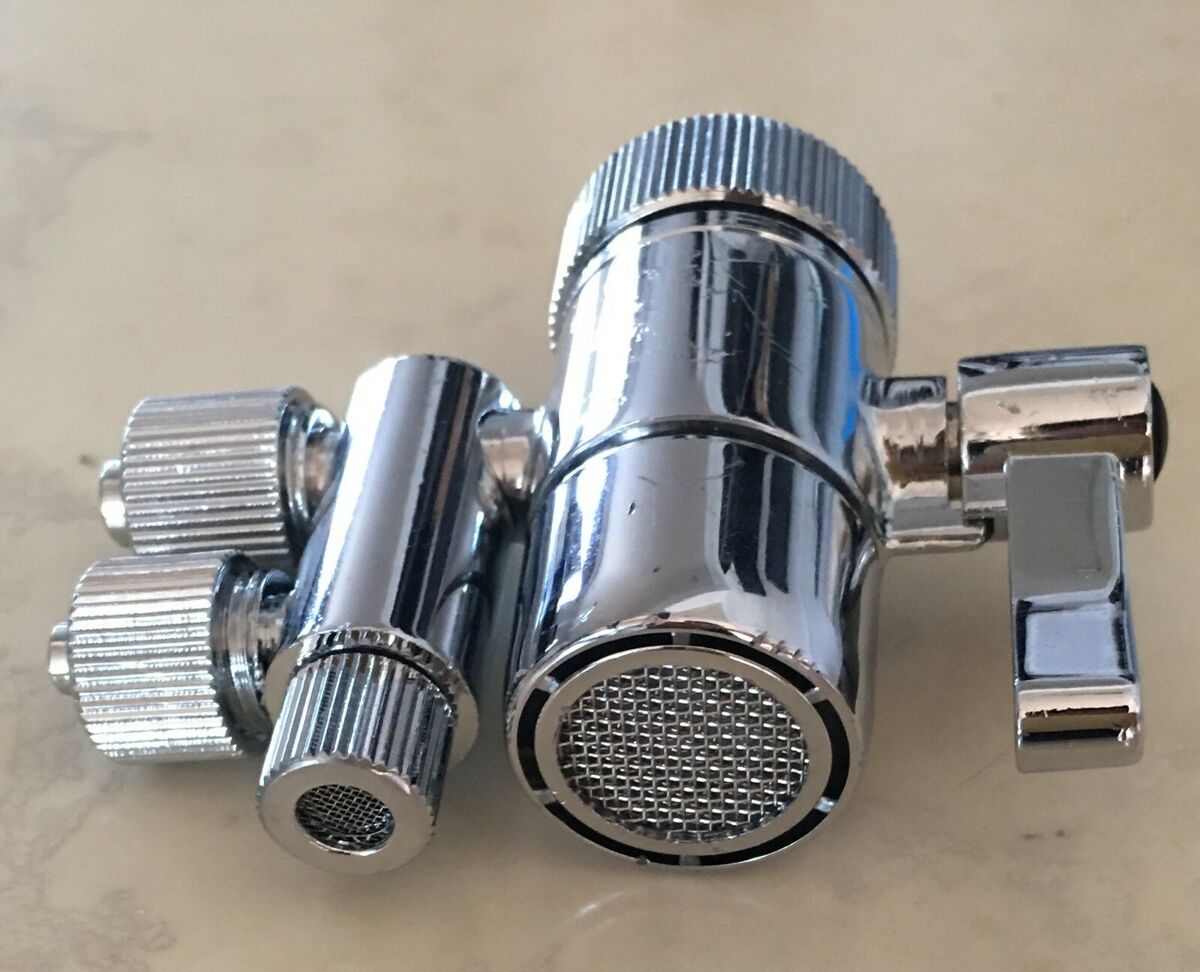
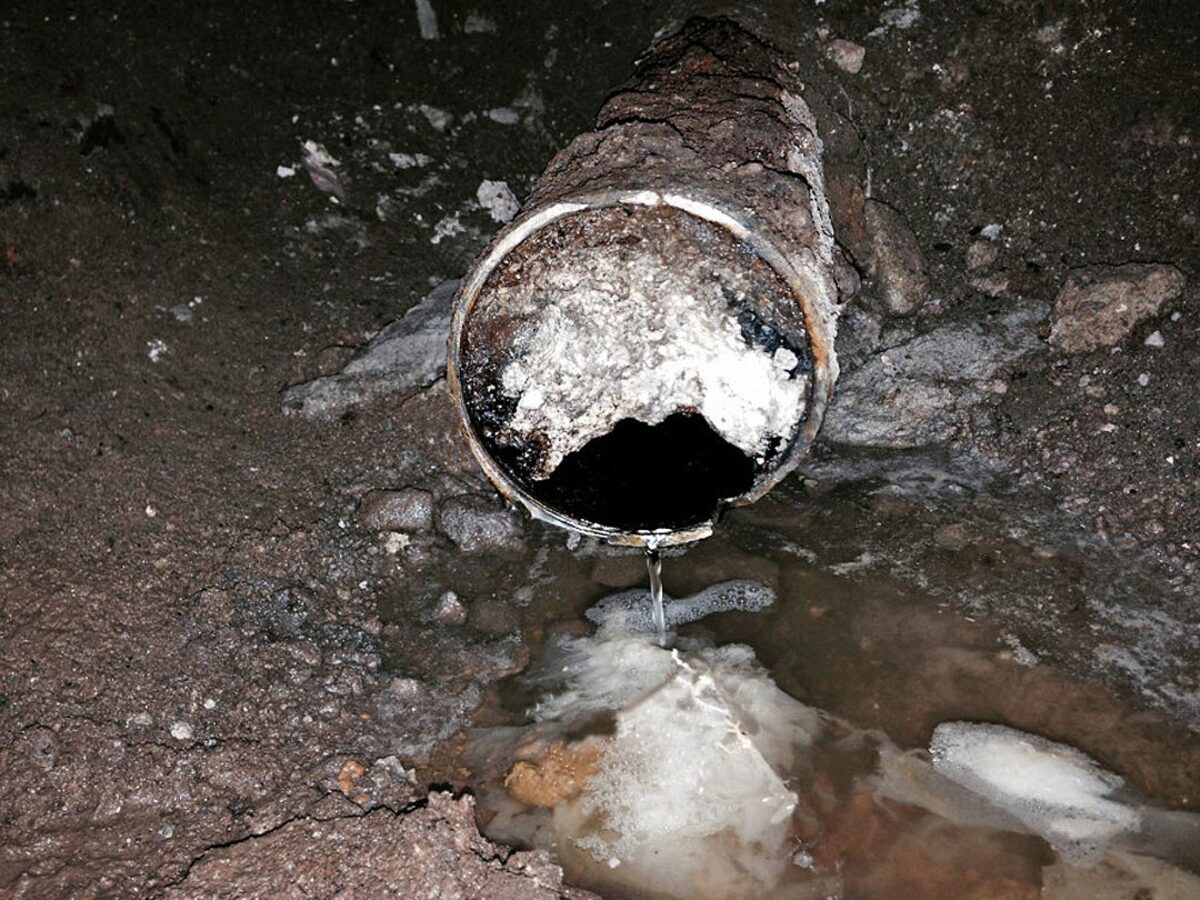
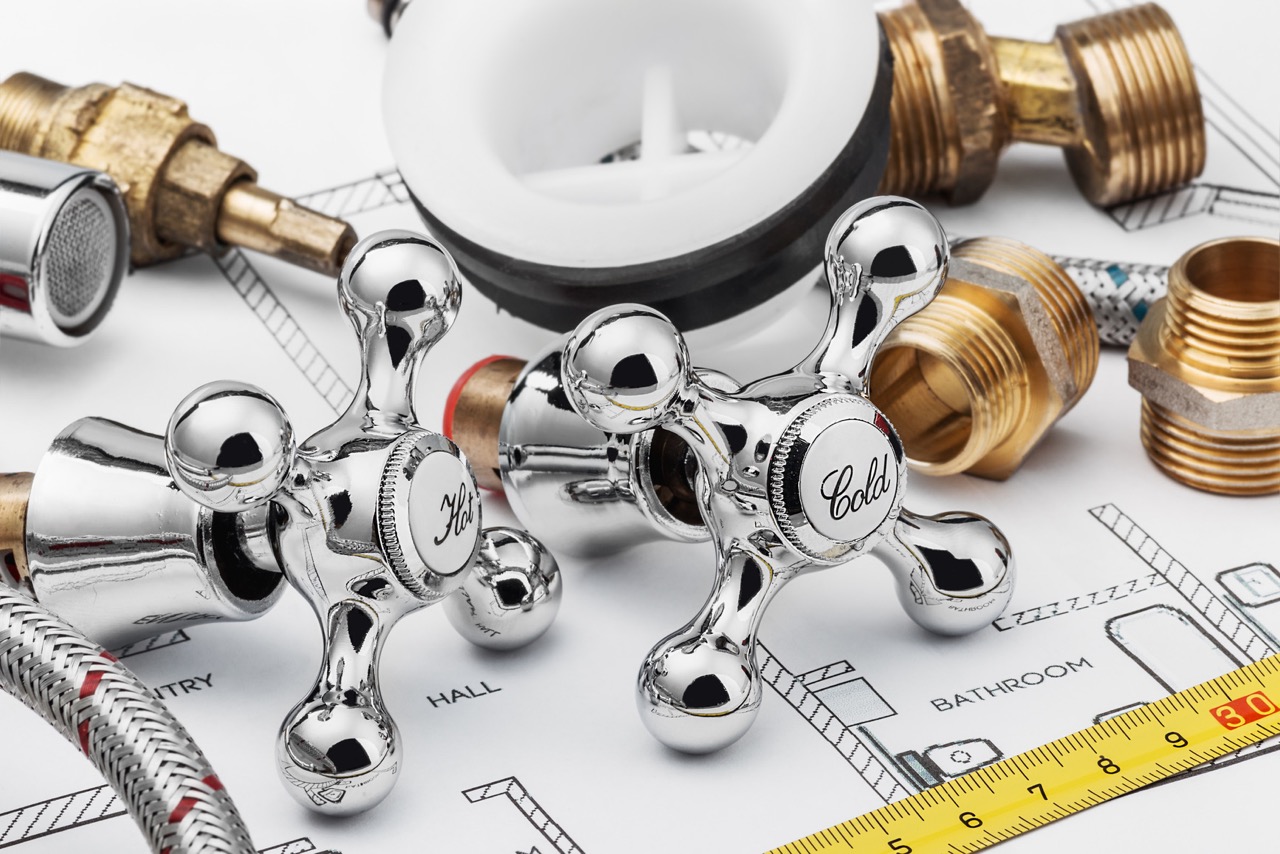
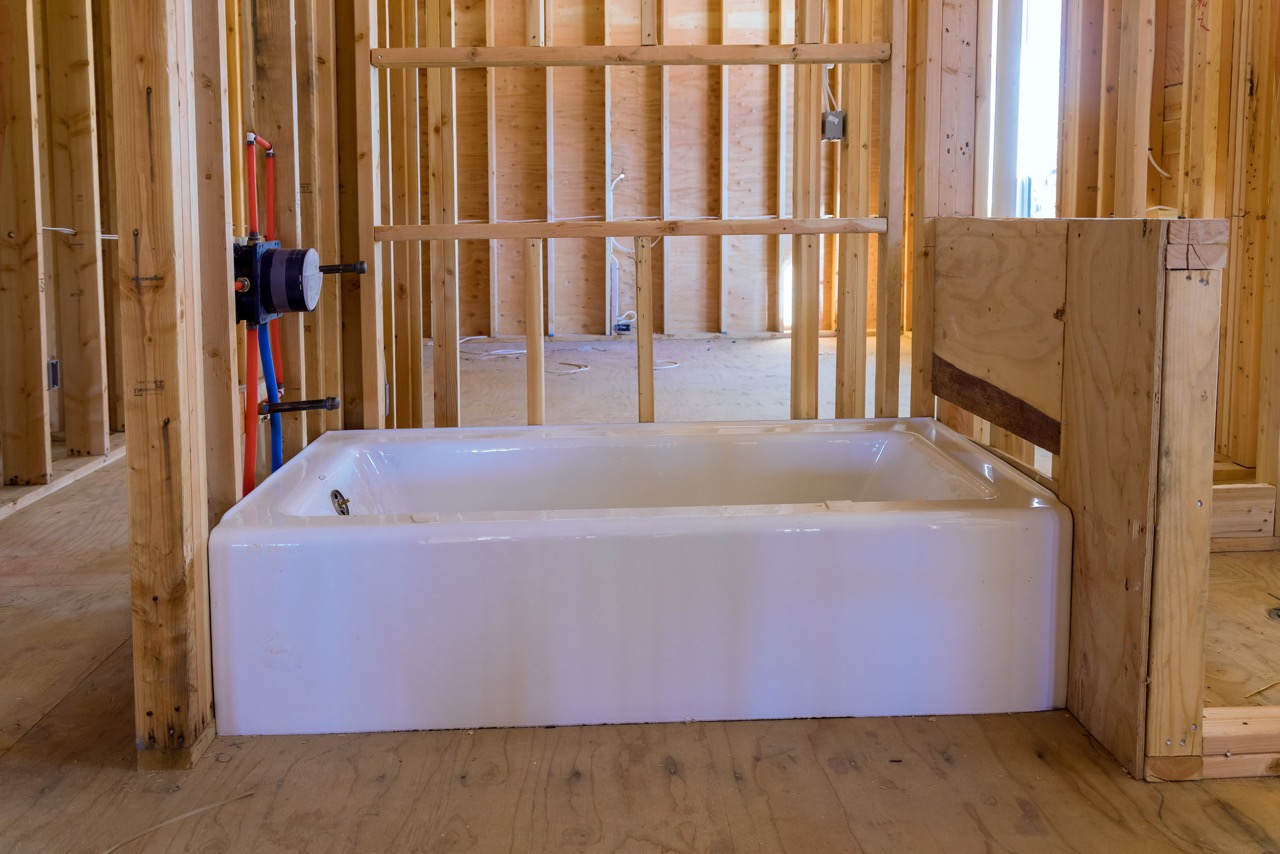
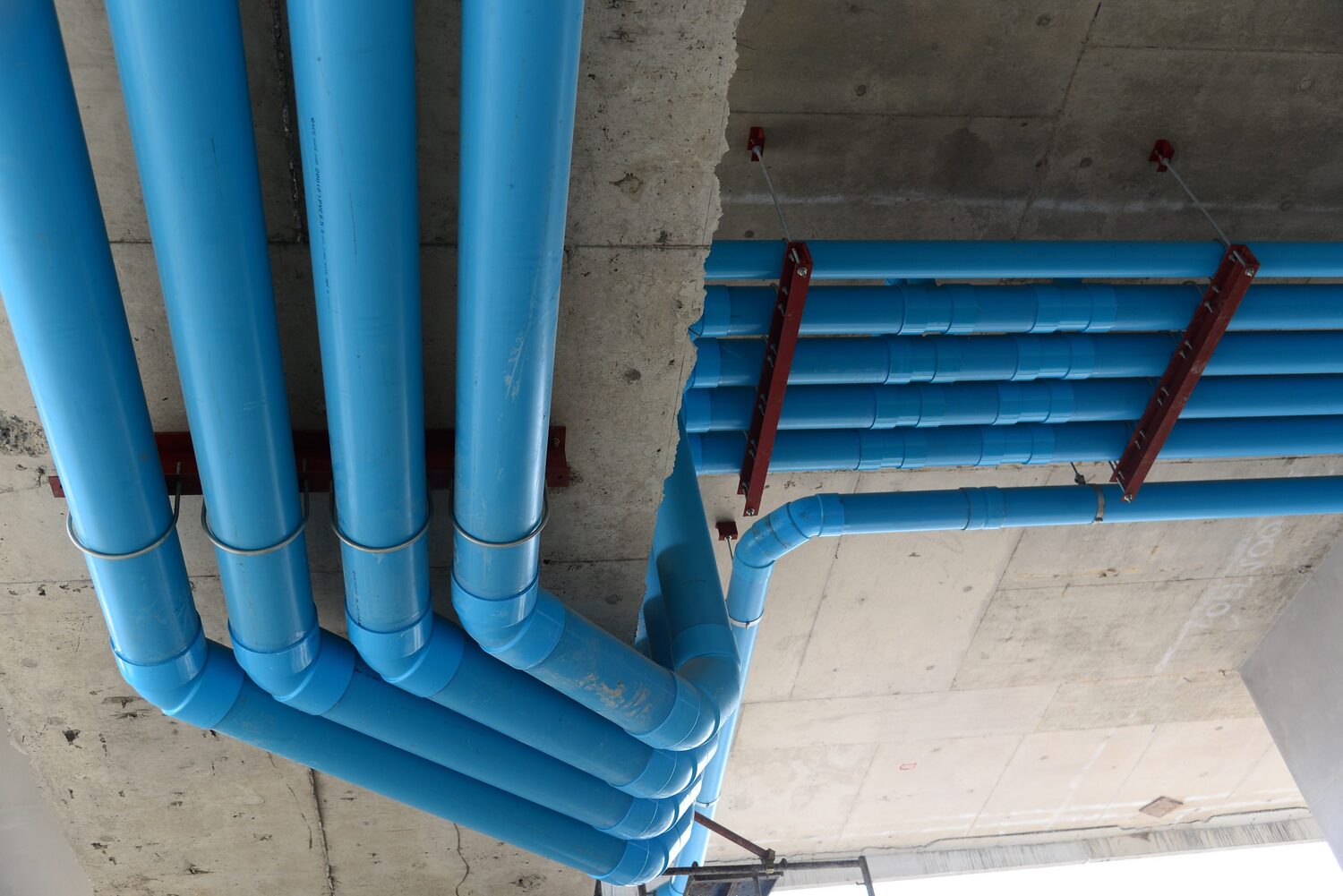

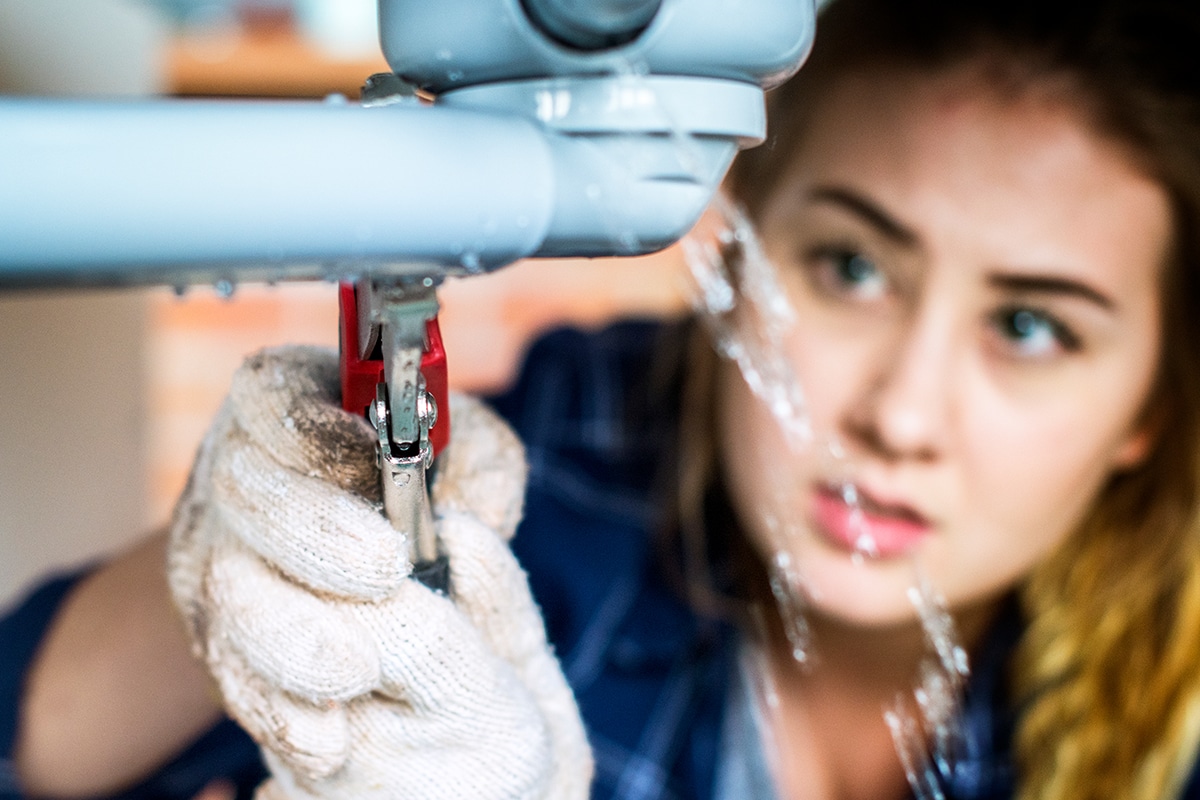
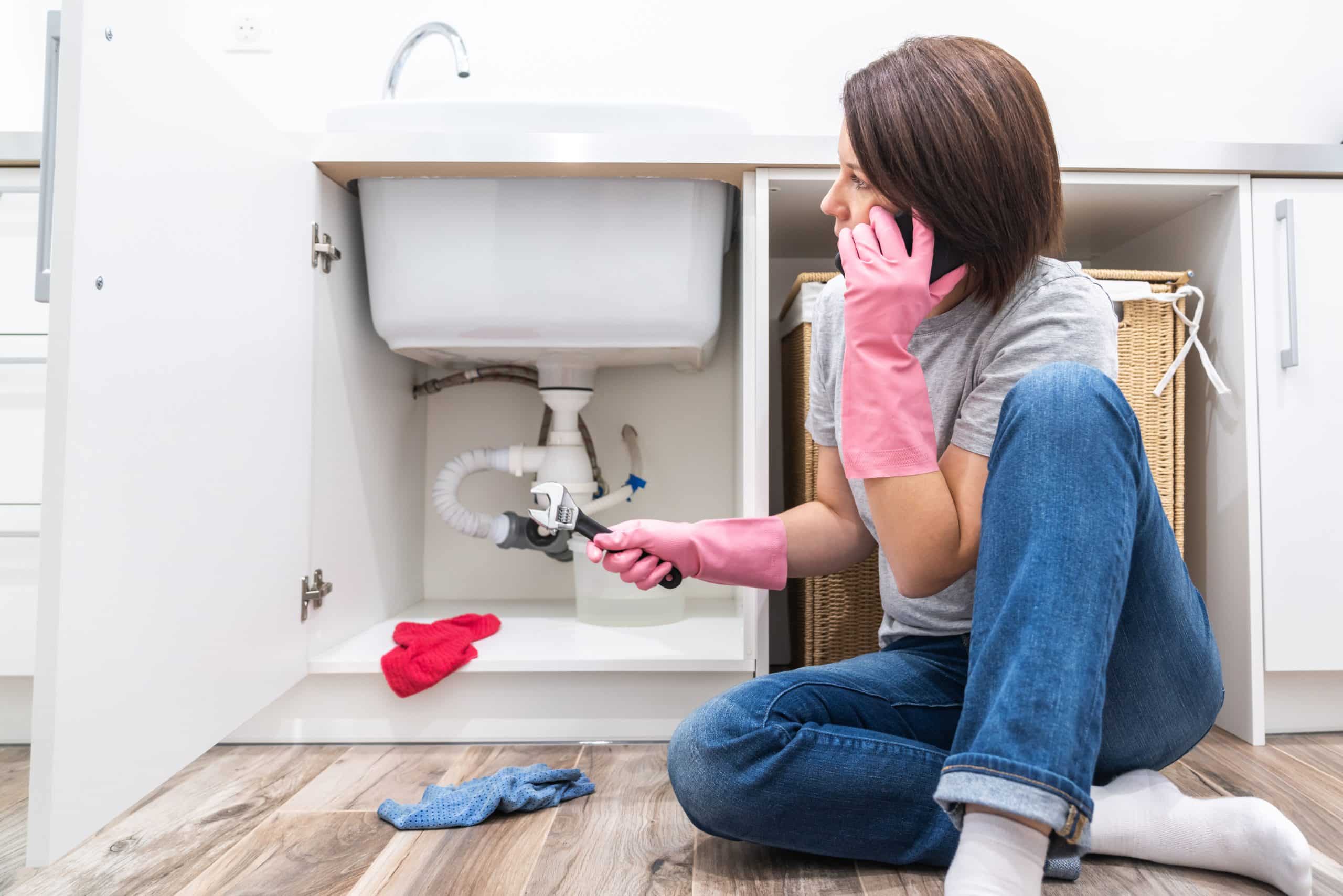
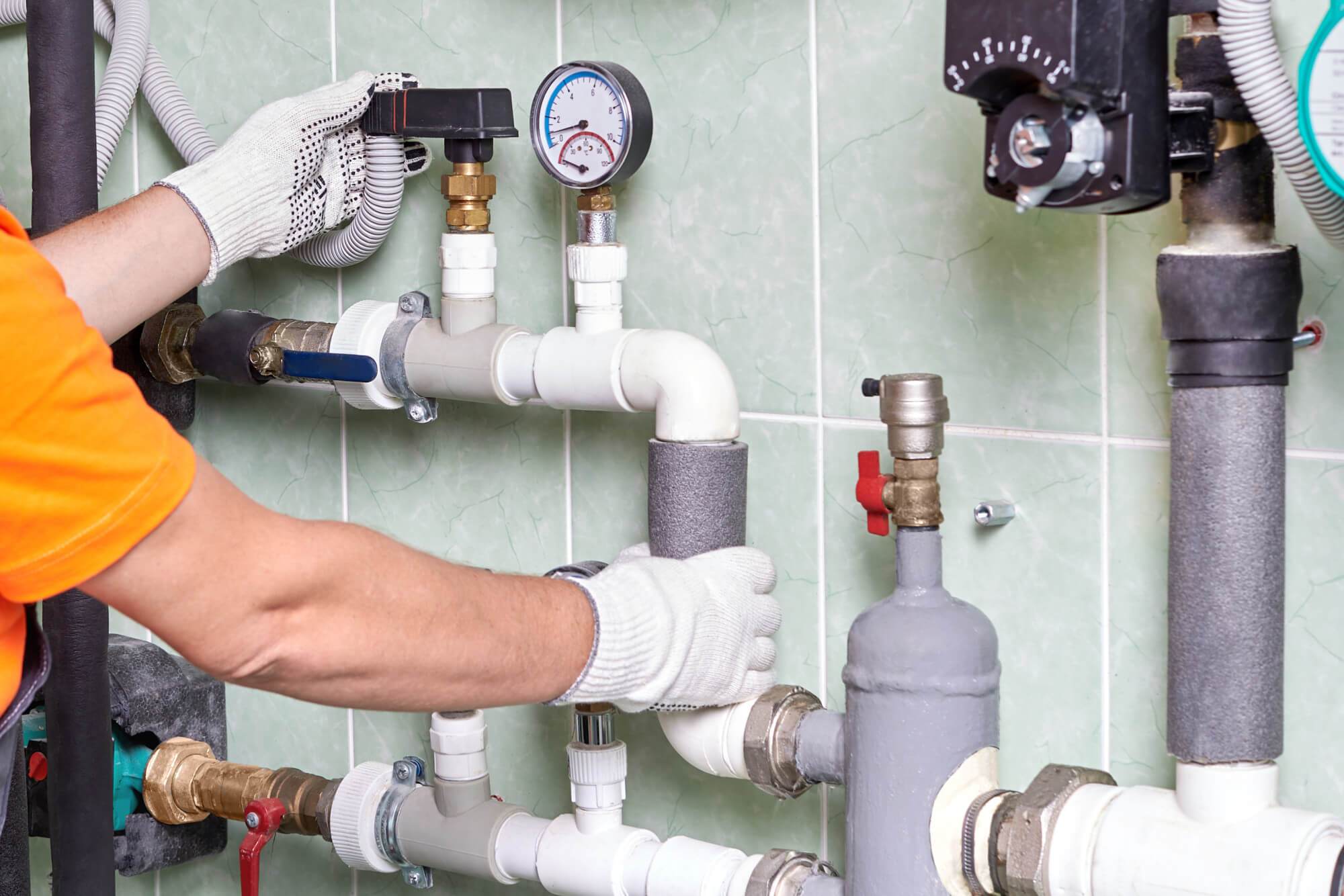
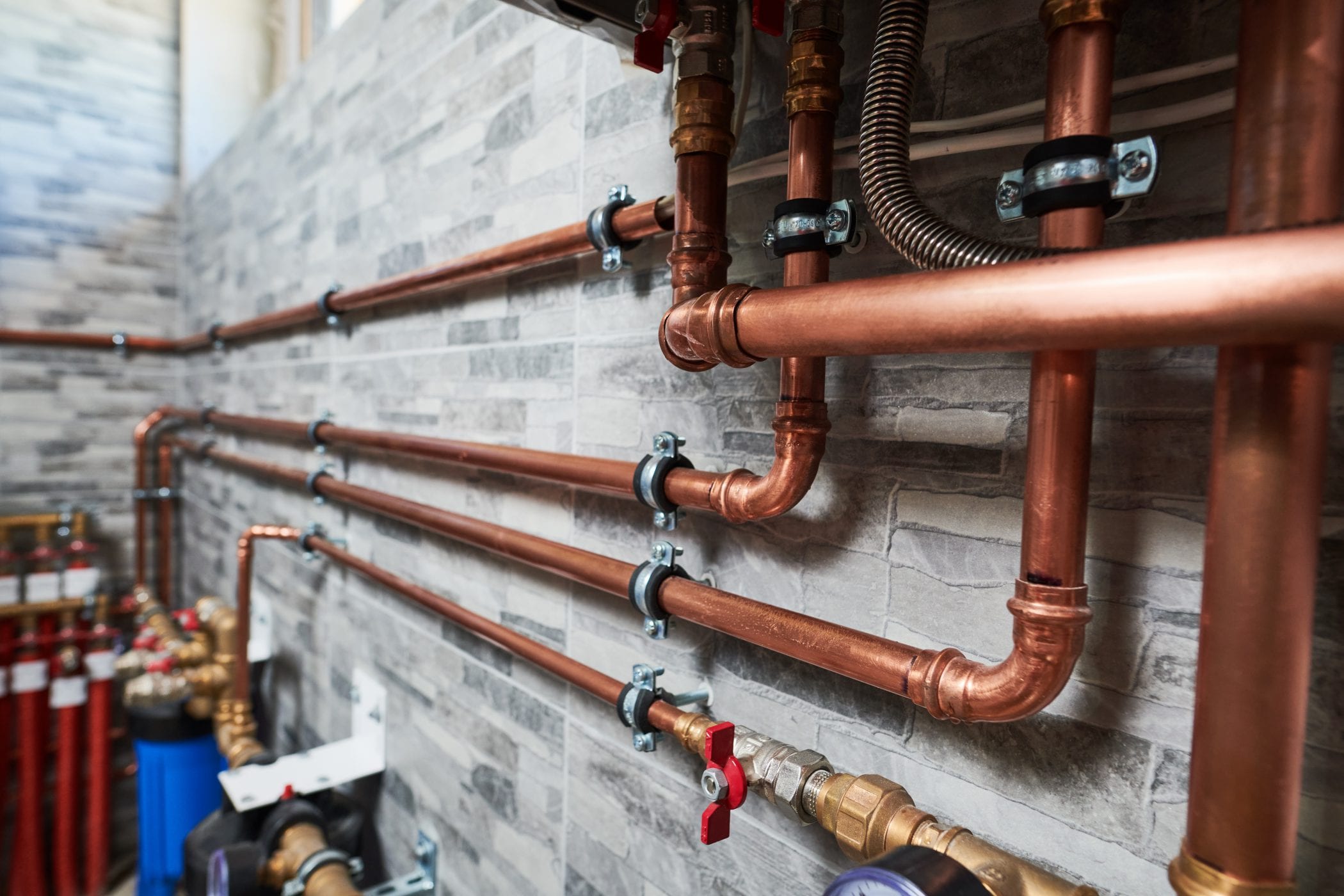
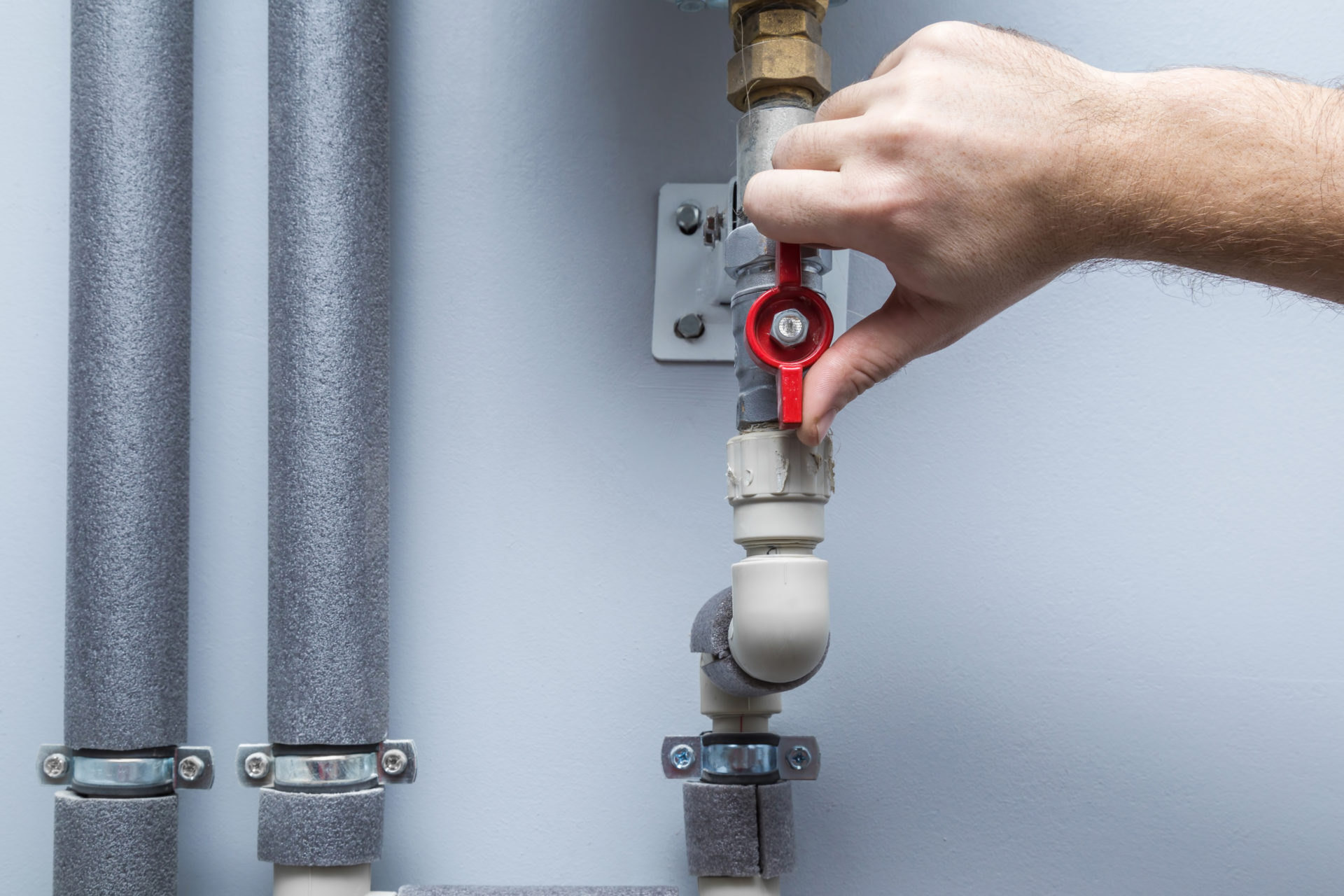

0 thoughts on “What Is A Diverter In Plumbing”